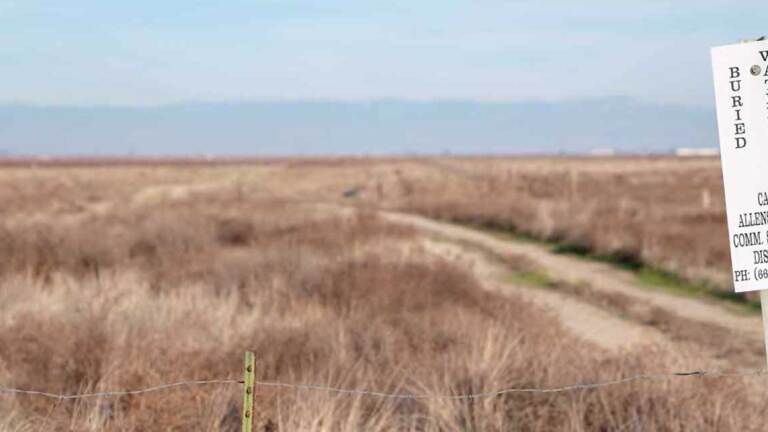Alastair Bland, Cal Matters

Alastair Bland lives in Sonoma County, California. He writes about water, climate, marine research, agriculture and the environment, and his work has appeared at NPR, Time, East Bay Express, Audubon, Hakai, Slate, Smithsonian and other news outlets.

Support Provided By











